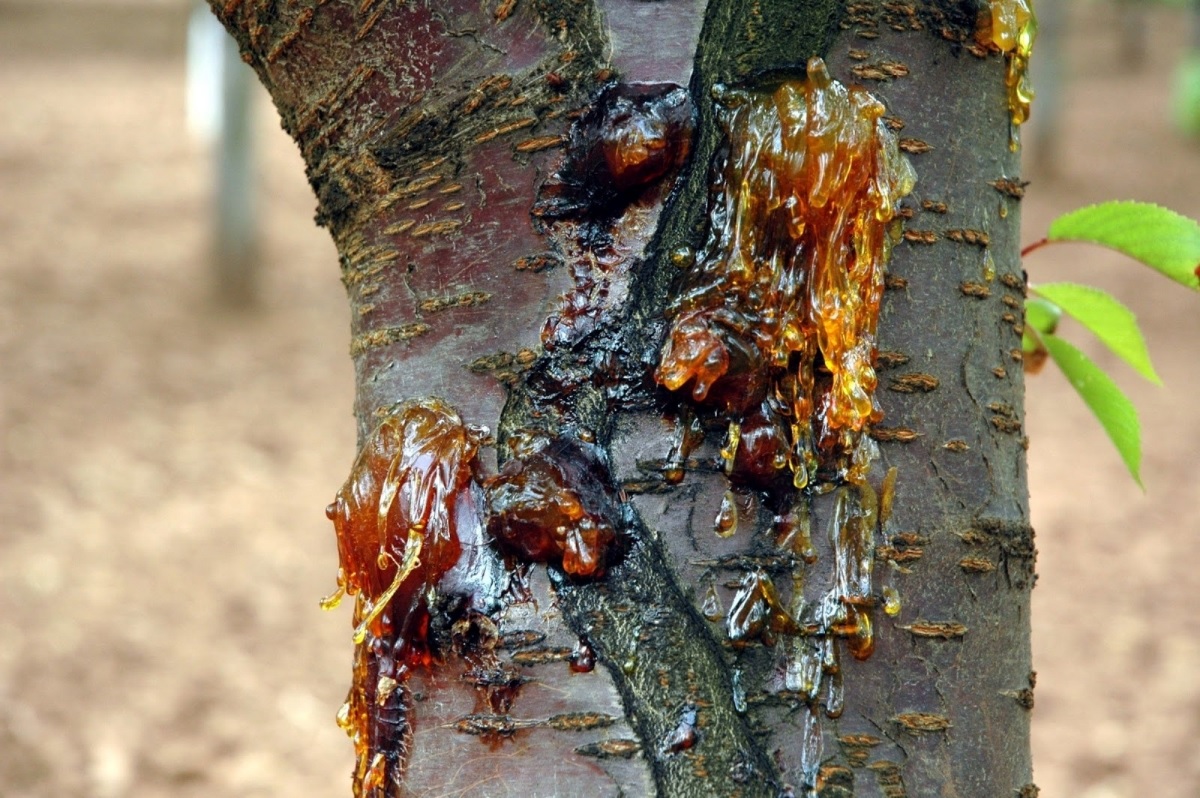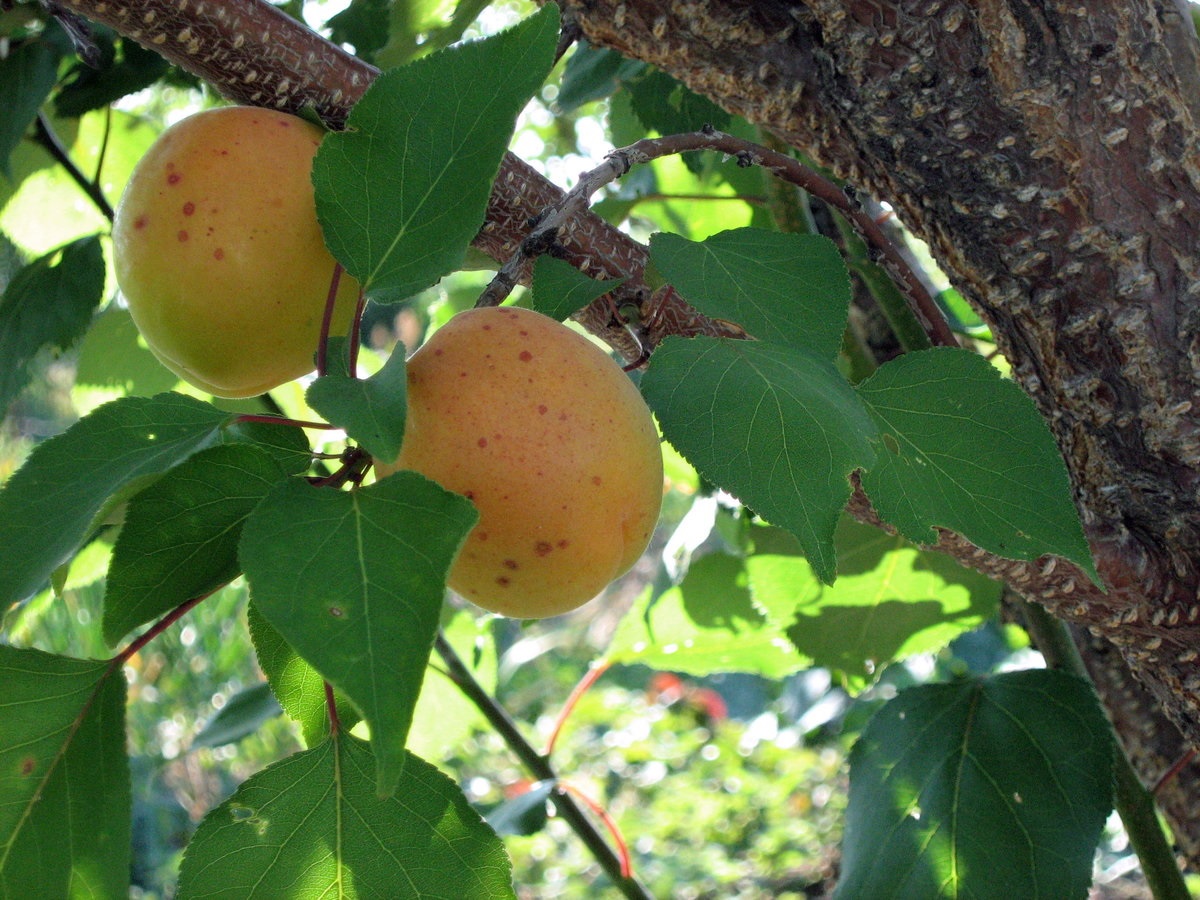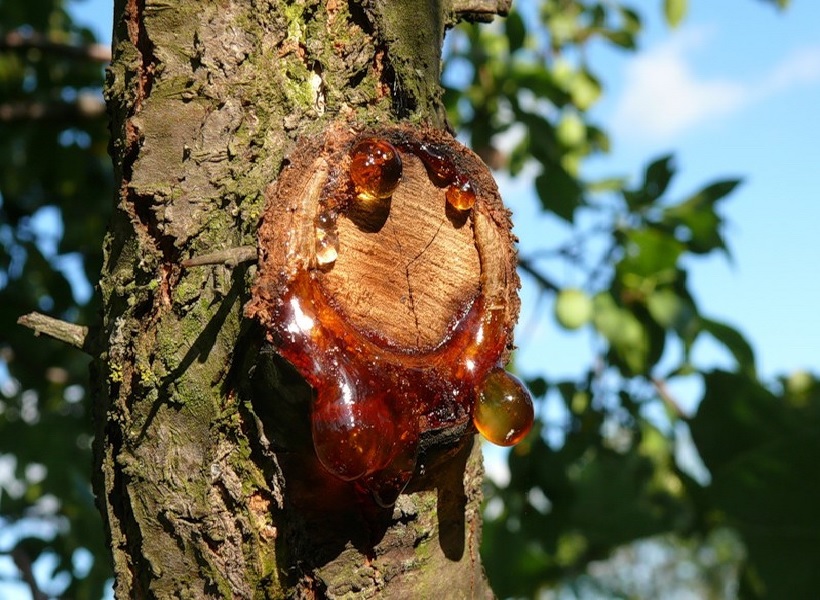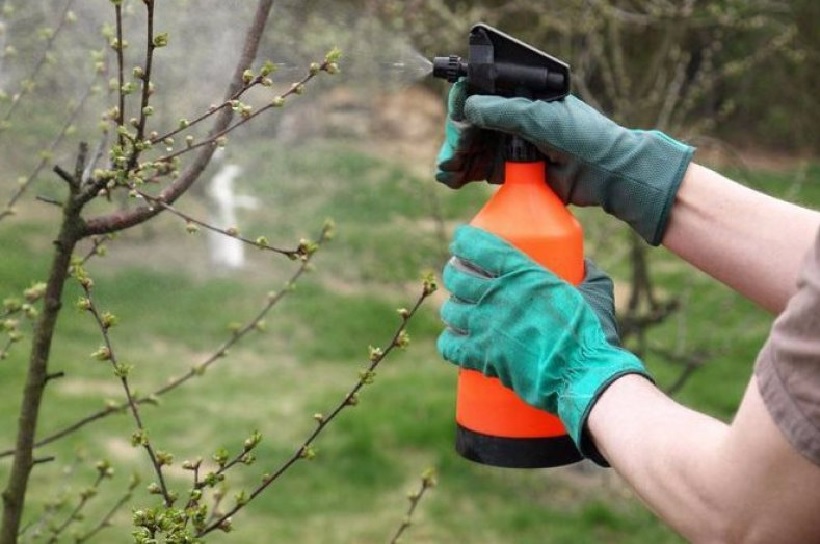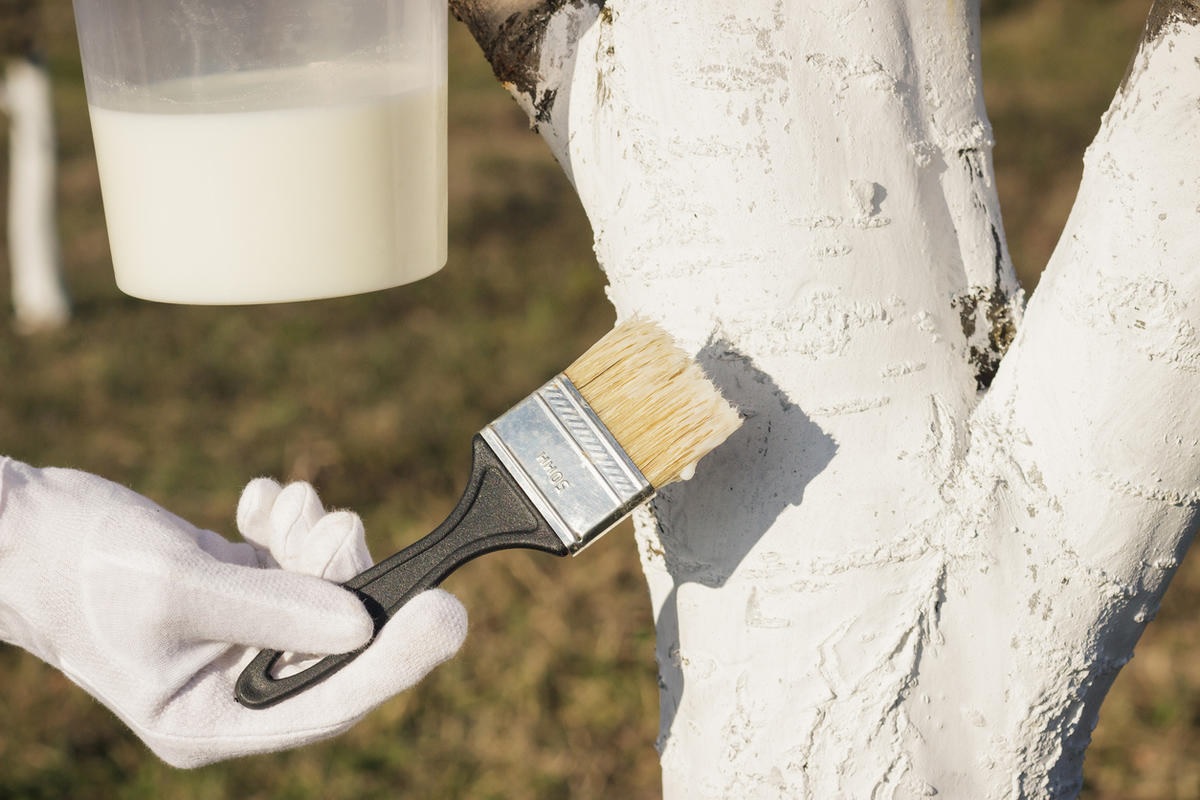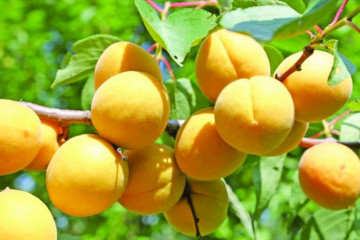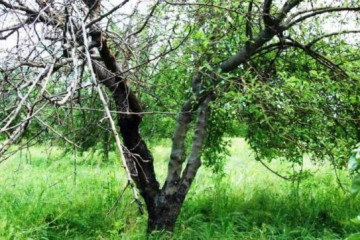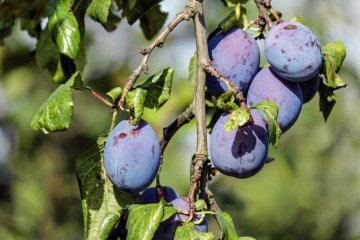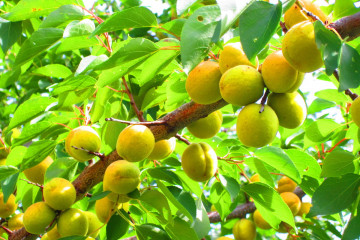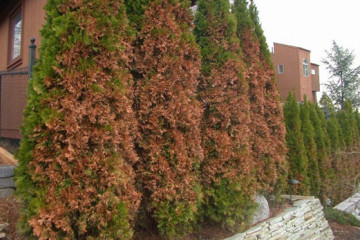Apricot gum removal - what to do and the reasons for the appearance
Content:
Trees can cry. It looks like this: large drops of a bright orange hue appear on the trunks. They are called gum. This phenomenon is often observed on cherries, plums, apricots, and can even be found on grape bushes. If resin appears on the apricot, the options for what to do will depend on the cause of the disease.
Hommosis on trees - what does it mean
Gum therapy is a disease that can affect fruit trees. Many gardeners believe that it is non-infectious. But in fact, this is a symptom of fungal pathology. It is expressed in the appearance of a viscous liquid on the crust.
Symptoms appear due to mechanical damage to trees or as a result of a violation of agrotechnical measures. Gum flow is a dangerous phenomenon that leads to the death of trees.
What is defeat
All stone fruit cultures are susceptible to the disease. Peaches, plums, cherries, apricots can become infected.
Pathology is especially destructive for southern fruits. Gum flow in apricot is manifested by a thick, amber liquid, which is located on the trunk. It can appear on fruits, leaves and branches.
Causes of gum
If apricot has gum flow, every tree owner should know what to do. The methods of salvation must be determined, given that this is not a disease, but only a symptom. There are many reasons why apricot gives off resin:
- spread of a bacterial or fungal infection;
- high humidity of air and soil;
- sunburn, freezing;
- violation of agrotechnical measures: frequent watering, improper pruning, lack of vitamins;
- damage by pests.
Resin flows from the plum and apricot even in cases where the rootstocks are incompatible with the scion.
Reasons for development
Treatment of apricot and plum trees begins only after the exact cause of the manifestation of the pathology has been established.
Fungus damage
Most often, on apricots, on the fruits of plums, resin appears due to the defeat of the tree by a fungal disease. On the drain, gum can be observed with the development of moniliosis. On apricot, it is formed due to curliness. The lesions are noticeable both on young branches and on the trunk.
Young wood is most sensitive to damage. It begins to dry out, new cells of the cortex stop forming.
Violation of cultivation techniques
The listed diseases can develop due to violations of agricultural technology. Trees are affected as a result:
- Incorrect fertilization. The main reason why gum can come out is because of too much potassium, nitrogen and magnesium. Gardeners add these components in large quantities, but the soil does not lack them.
- Violation of the watering regime. Both excessive and infrequent watering can cause gum formation. Watering is necessary often, but not abundantly.Lack of moisture leads to a lack of micronutrients.
- Untimely pruning, unprocessed sections - all this becomes the reason for the release of gum. Green growths must be removed at the green twig stage. This will reduce the risk of injury to the plant. Wounds after slicing are immediately covered up.
Climate conditions
After winter, you can see cracks and frost holes on the trunks of stone fruit trees. Dangerous and long thaws, which cause podoprevanie.
If gum appears on the apricots or on the plum, the climatic conditions, which depend on the region of planting, are probably to blame. Therefore, it should be remembered that, first of all, you need to choose frost-resistant varieties that are less susceptible to frostbite, insulate trees for the winter, and plant them in places protected from the wind.
What to do when it appears
What to do if resin appears on plum and apricot fruits? The activities depend on the reason. If the gum is released due to the defeat of the culture by a fungal disease, you need to cut off the damaged branches, treat with fungicides that are active against pathology.
In cases where gum flow occurs against the background of an excess of calcium, it is necessary to treat it with a weak solution of potassium permanganate.
On apricots or on a plum gum: what to do
There are several ways how to treat and what to do if resin appears on a plum or apricot. Wounds on the trunk need to be cleaned and processed. To do this, use:
- Disinfection - it is carried out with fungicides or antibiotics.
- Wound Sealing - Instead of the garden varnish, which is most often used to seal the sections, it is best to make a remedy with 70% nigrol and 30% ash.
To combat pathology, treatment is used in winter with 3% copper sulfate, and in spring 1% during the period of swelling of the kidneys. This measure is aimed at suppressing the activation of the fungal flora.
Effective measures for the prevention of gum flow
There are a number of preventive measures that will help answer the question of what to do if glue appears on the apricot and peach, and how to avoid it. First of all, it is necessary to minimize the risk of injury to the tree, monitor the condition of the soil.
Do not injure the bark
The tree will have fewer wounds and can heal quickly if:
- do not make late pruning;
- wrap a tree for the winter with burlap.
Barrel protection
Sunburn is very dangerous for trees, which can occur both in spring and in winter. To prevent them, you need to whitewash the trunks three times a year. Before winter, they are insulated with burlap or any non-woven material.
Pruning
Resin comes out in cases where late pruning was done, or the trees were sawed too hard. Unnecessary shoots are removed while still green. The wounds from them will be small and heal very quickly.
Soil acidity
Gum disease often occurs due to a lack of calcium. It occurs due to over-feeding with magnesium and potassium. To fix the problem, it is recommended to water the soil with plenty of water, and several times a season to water with a weak solution of potassium permanganate.
Furrowing
A good preventive measure is the furrowing of the trunk. To do this, deep cuts are made into the bark up to the wood. They are done in parallel. This makes it easier for the tree to grow in thickness. The furrows are made horizontally with a dotted line every 20 cm. The procedure should be carried out twice a year until mid-May.
Proper prevention and treatment will help reduce the activity of gum formation on apricots. This can save the trees.
